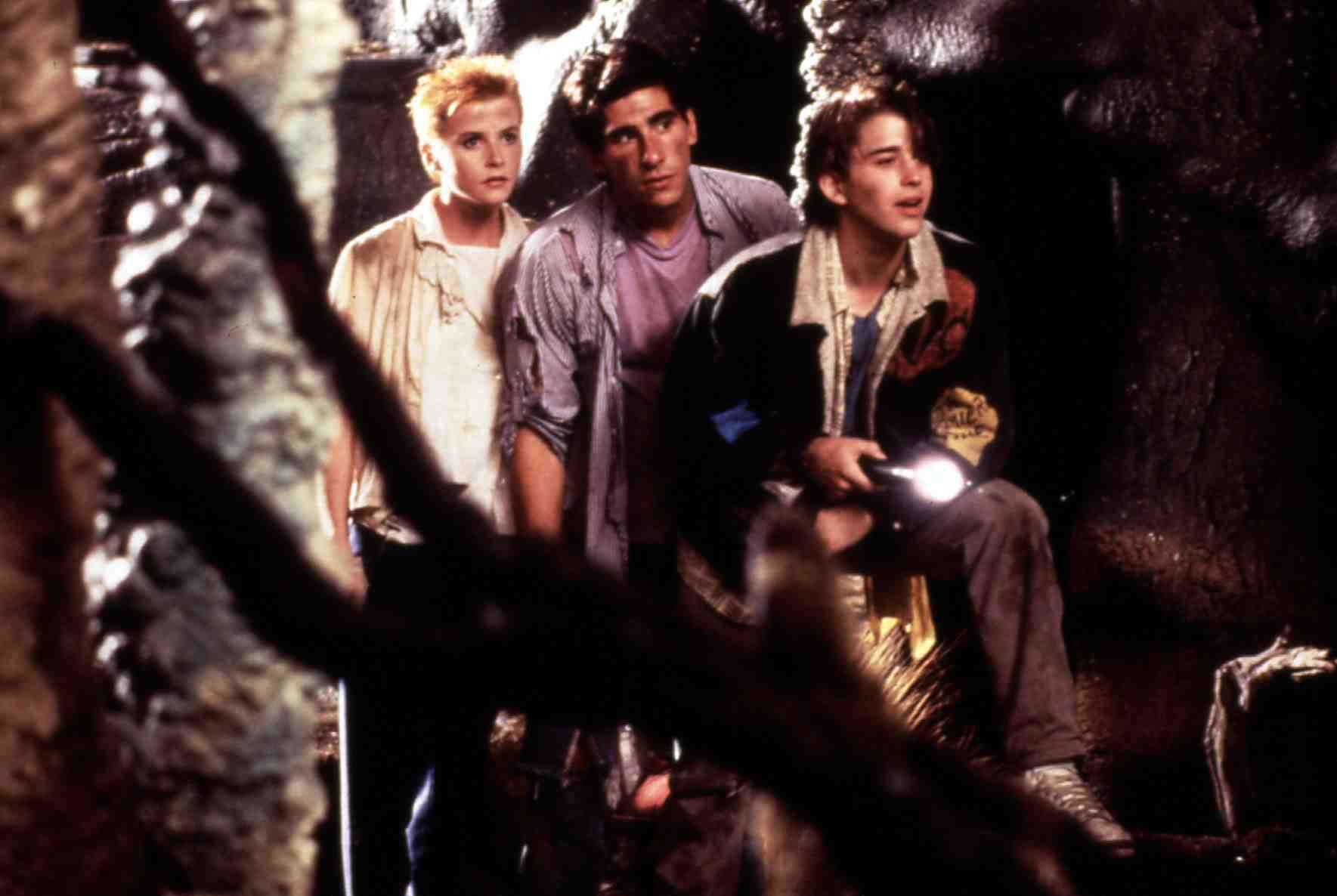Create a free profile to get unlimited access to exclusive videos, sweepstakes, and more!
Journey to the center of the Earth? We’re getting closer with the deepest dirt dive ever
A team of researchers is going to dig into the deepest soil study ever.

When you think of new frontiers, unexplored regions of space — like the Trojan asteroids that NASA’s Lucy mission is headed to — usually come to mind. But what about those right here on Earth?
Though we’re not about to take a literal journey to the center of the Earth any time soon, there are mysterious things buried deep in our planet’s crust. Now a team of researchers funded by the National Science Foundation are going to delve into the deepest soil study ever. While 10 feet under doesn’t sound like much, especially when the crust is miles deep, it is a vast improvement over the foot or so of dirt that was usually the limit in the past. Enter the Deep Soil Ecotron.
Maybe soil does’t sound as exciting as unexplored asteroids or bioluminescent things lurking in the depths of the ocean, but it supports our planet and the life-forms on it, including us. An ecotron is a facility meant to investigate processes that happen in a certain ecosystem. Because it is controlled, no unexpected phenomena will throw off research. Ectotrons have been built for different types of ecosystems before. The ecosystem this time just happens to be dirt.
Researcher Michael Strickland, who coauthored the abstract for the Deep Soil Ecotron, understands why most studies have not gone too far past the surface.
"Studying deep soil is difficult," he told SYFY WIRE. "Not only do you have to dig pits but in order to track changes through time, you would need to dig lots of pits. It’s also really difficult to manipulate deep soils. As an example, most soil warming experiments only heat the soil surface, but the effect of this heating is dissipated at depth."
This future ecotron is going to go deeper than ever (in several ways). Physically, there has never been a scientific investigation of soil at this level. The finished structure will have up to 24 columns for studying soil cores, otherwise known as “eco-units,” that will encompass everything from plants that reach above and below ground, to insects that surface sometimes, to microorganisms that thrive underground. These units will allow scientists to monitor and sample deep soil environments to unearth some things we never knew about what is beneath our feet.
Monitoring the eco-units will allow scientists to observe interactions between what lives nearer to the surface and in the deep; and being able to control them will give scientists a chance to predict what will happen to a deep soil ecosystem when certain conditions change. We tend to take dirt for granted. When land is used by humans for any purpose, organisms experience a shift in their environment. Deforestation, increases in temperature (think global warming), or agricultural changes such as the introduction of new plants can possibly mess with the soil.
"We will have the ability to use different soils from different locations," Strickland said. "Factors such as temperature, gases, and ground water can be manipulated in each section. We will also be able to monitor across the 3m soil depth. For example we can use cameras to watch root grow, measure carbon dioxide and methane, and even measure microbial-derived volatiles."
Microbiomes in the soil are not well understood. This goes beyond a few earthworms. Under a microscope, you would see all types of fungi, bacteria and archaea. The diversity of microbes, especially bacteria and archaea, depends on nutrients, such as minerals, that make their way from superficial to deep layers of soil and back. The presence or absence of plants can impact this significantly, since plants absorb so many nutrients in the earth. There are microbes that can flourish where plants would perish, and vice versa, all because of what nutrients would be available.
Whatever feedback scientists receive from manipulating conditions in the eco-units will be incorporated into existing models of subsurface ecosystems to further the understanding of what really goes on in largely unexplored territory. Based off of their findings in the ecotron, sensors for deep soil can also be developed to bring information we otherwise cannot see to the surface. Instruments like this could possibly detect whether certain factors are beneficial or detrimental to a deep-soil ecosystem, especially when there is human interference involved.
While the Deep Soil Ecotron will be dirty work in the most literal sense, it could tell us more about how to save the planet by saving the ground beneath us.
"The ecotron will enable us to examine soil communities, track their function in response to perturbation, and even develop new sensors that will allow us to more widely examine deep soils," said Strickland. "Deep soil is a real unknown, and I think the development of this facility is just the beginning."


























